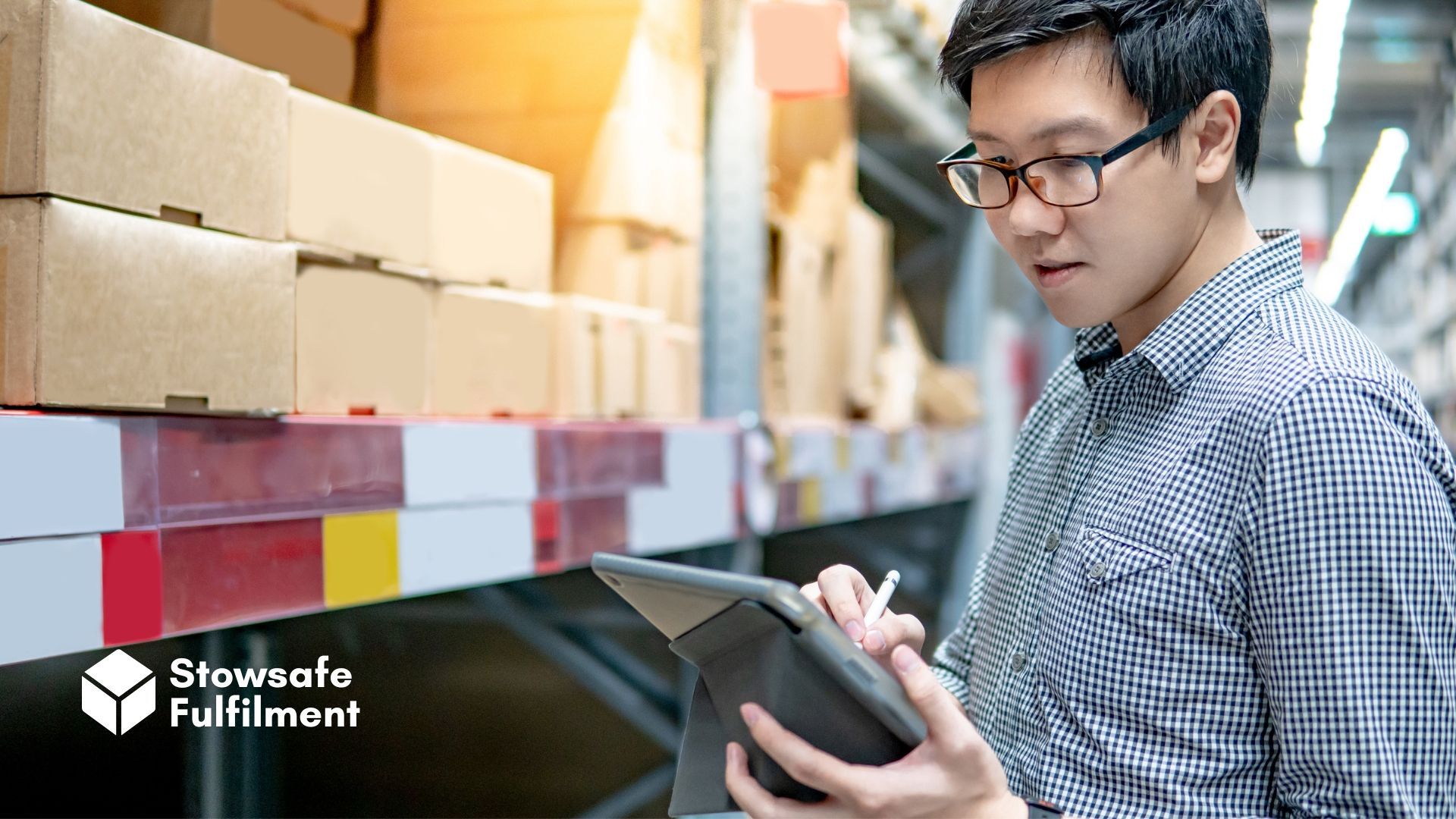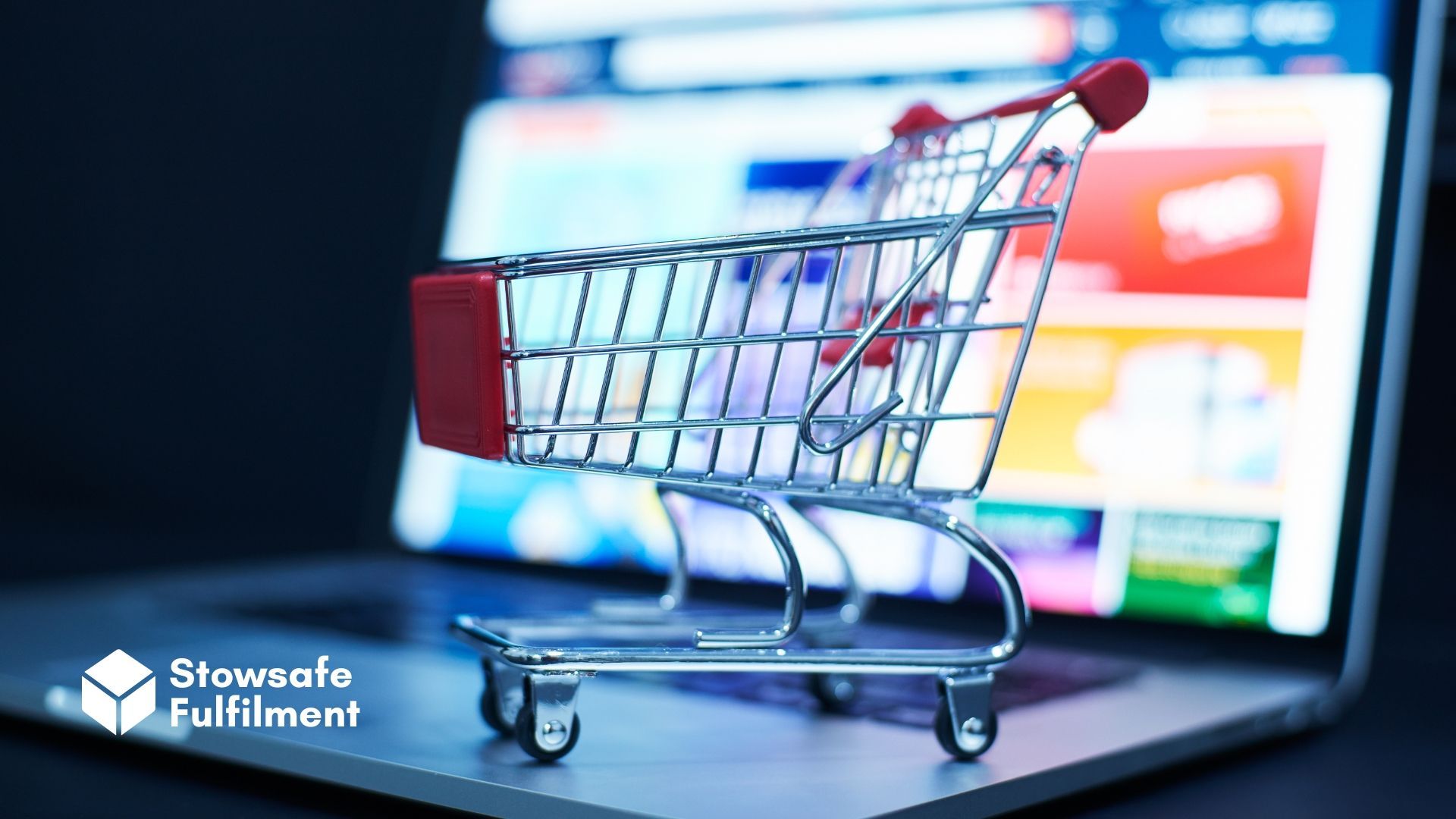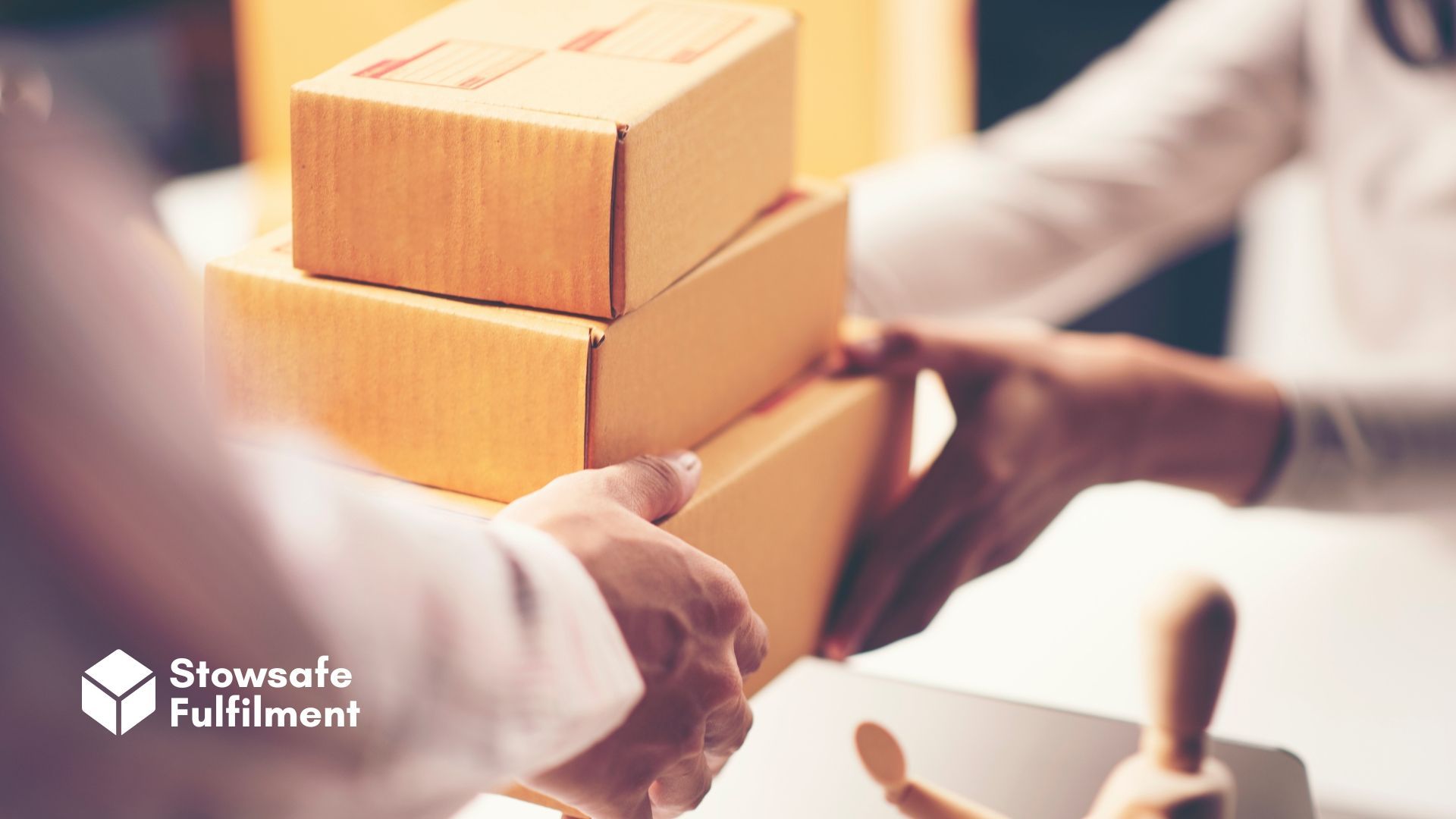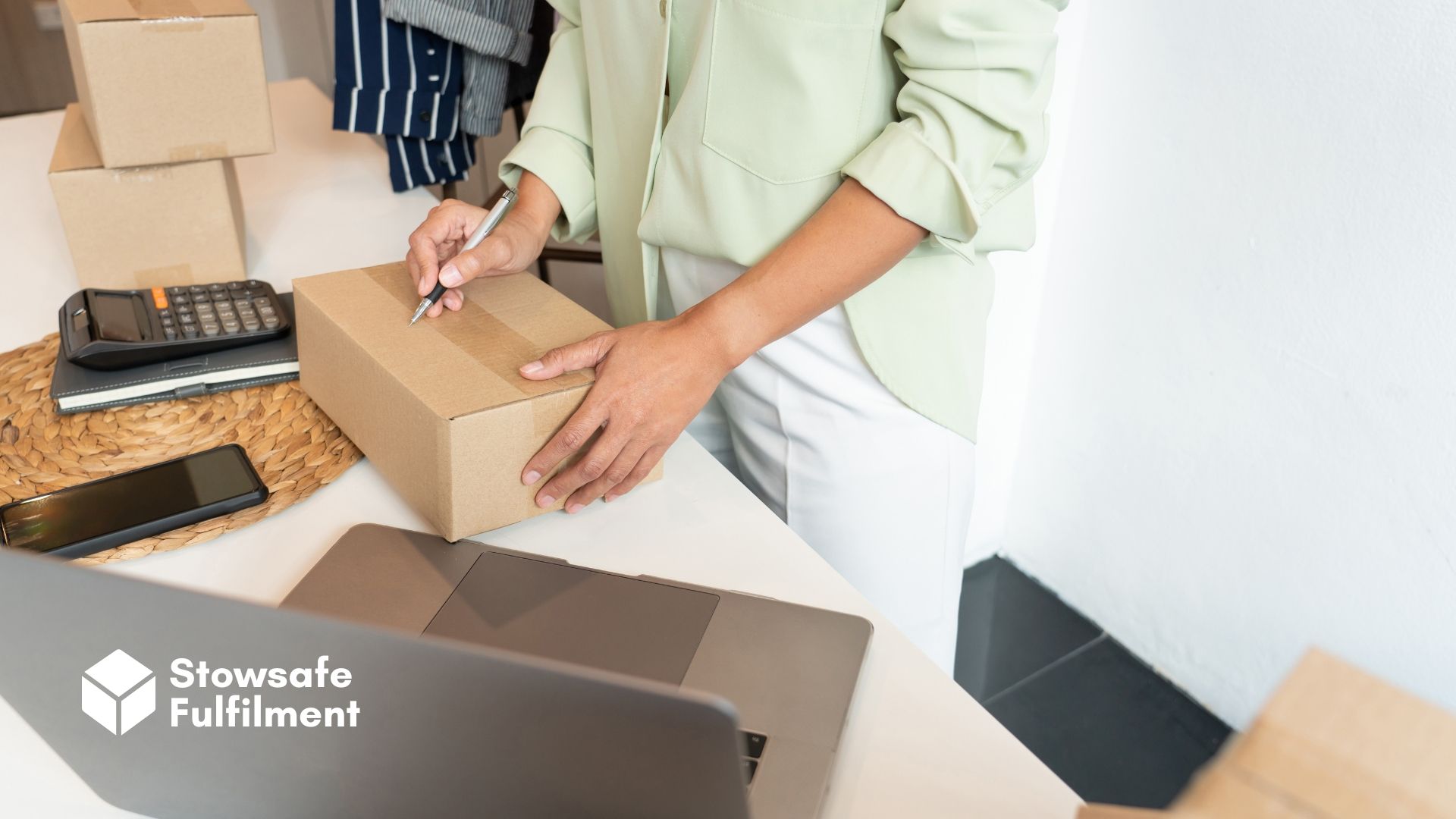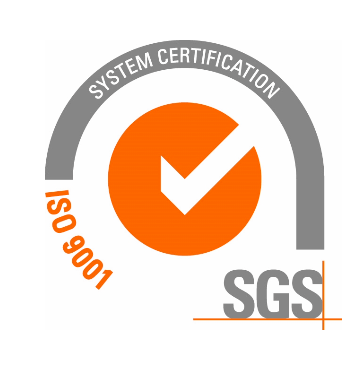Want to know more about the history of third-party logistics, also known as 3PL? Discover the history and evolution of 3PL in this guide.This is a subtitle for your new post
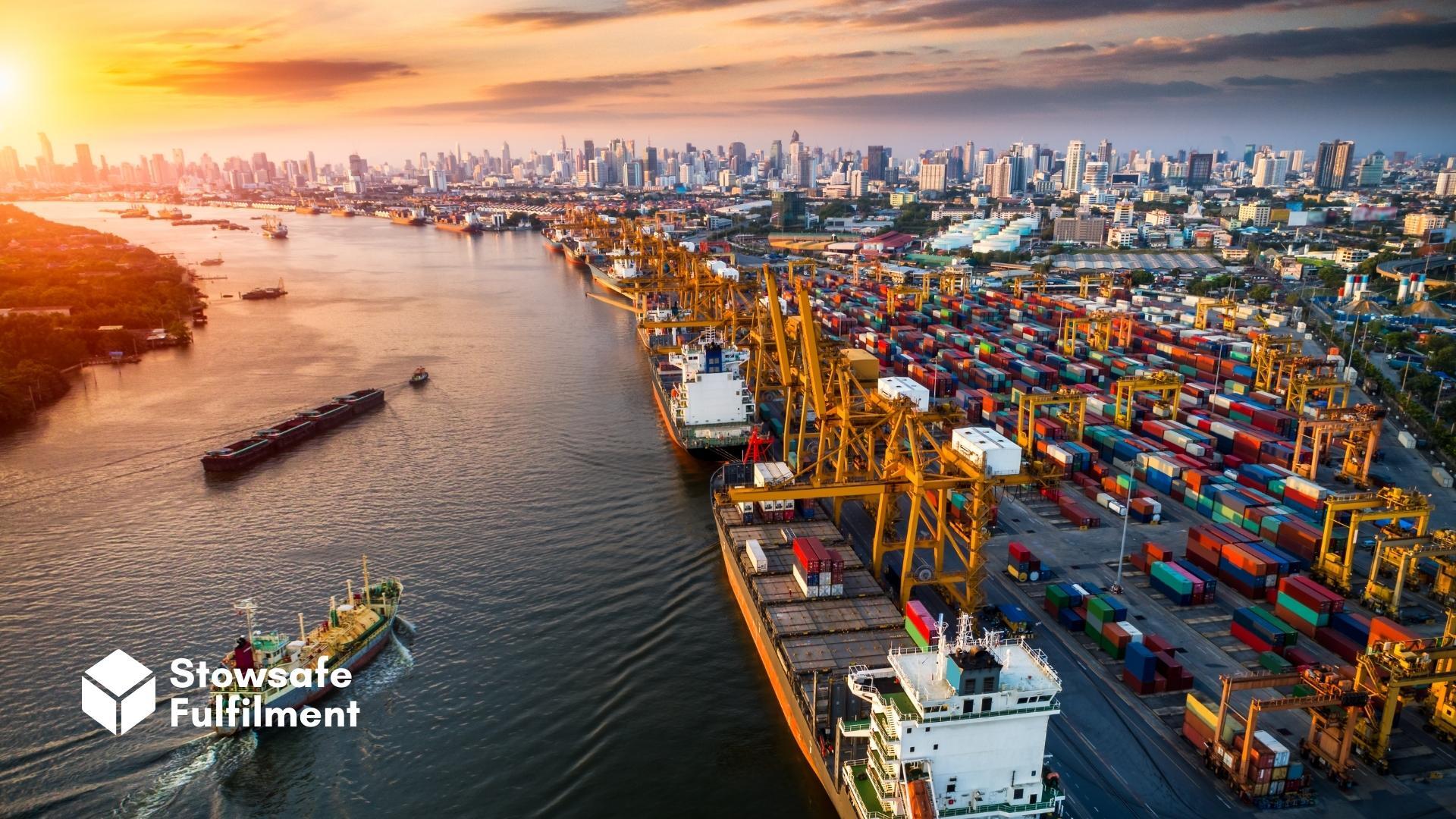
In this fast, "I-want-it-now" world that we live in, shipping products fast and on time is more of a must-have than a luxury.
And over the past 40 years, the logistics and transportation industry has gone through some serious changes to keep up with customer demand. The ever-growing third-party logistics (3PL) sector now allows businesses to ship goods to their customers more quickly and affordably than ever before.
A lot of retail businesses have chosen to outsource some aspects of their supply chain. Letting another company handle picking, packing and deliveries can be especially helpful for businesses that don't have the capacity for a large warehouse and delivery fleet – never mind the staff needed to run them.
This article takes a closer look into when 3PL started, its history, and how the industry has evolved over the last few decades, starting with a brief description of what 3PL is and its benefits.
What is 3PL?
Third-party logistics is the name for third-party businesses that companies use to outsource some – or all – of their fulfilment and distribution services. They typically offer some or all of the following services:
- Supply chain management
- Warehousing
- Materials handling
- Transportation
- Distribution
- Customer service
- Shipping and receiving
- Reverse logistics
But why wouldn't the businesses just do this themselves? There are a lot of factors that build a successful online business, and 3PL offers to take some of them off your hands so you can focus on other areas.
Another reason you may opt for 3PL is to gain access to distribution areas you may not naturally have already. For example, you may a product that's very popular in Germany, but you may not have the means to get your goods over the pond. 3PL companies can help you widen your distribution areas, improve your ability to get products to certain countries and make sure they are delivered in a timely fashion.
Instead of stressing out and googling the requirements and legislation for every mode of transport and every country, a 3PL can do the thinking for you. It will know exactly what needs to happen and which boxes need to be ticked to get your products where they need to go.
Some businesses simply do not have the warehousing or distribution resources needed to do a good job, making 3PL essential for some companies – especially growing ones. Outsourcing your warehouse could also help you save money.
When did 3PL start?
Although 3PLs that we know today seem like a modern phenomenon, the process of fast mail order has been around since the 1800s!
Welsh entrepreneur Pryce Pryce-Jones was able to offer next-day delivery in 1861 before Bezos even had a look in. He sold Welsh flannel through distribution catalogues and sent them via the newly extended railway network, pioneering mail-order in the process.
3PLs in the 1980s
Along with padded shoulders and spandex, organised logistics really blew up in the 1980s.
With new transport links and the growth of freight movement in the UK, brands were able to send their products directly to customers from suppliers and warehouses. You could see this in the increasing popularity of TV shopping channels such as QVC.
Before the internet took over our lives, 3PL logistics looked pretty different. It relied on handwritten catalogue orders and people calling up to secure their QVC star-buy garden gnome set.
This wave of 3PL popularity was also helped greatly by the number of couriers and transportation companies that were cropping up at this time, and which are still growing to this day.
3PLs in the 1990s
Logistics management companies grew even more in the 90s. This growth was mainly due to increasing globalisation and emerging companies getting on the 3PL bandwagon to get their slice of the action. Countries opening up for worldwide business, like China and India, were highly attractive to companies looking for cheap labour and resources.
Supply chains got more complex and these 3PL companies were able to streamline the processes in both domestic and international markets.
3PLs in the 2000s
Hello, internet! Once computers and mobile phones came onto the scene with their fancy internet functions, 3PL companies broadened their reach even further. They now had access to the tools needed to streamline supply chains and complex communications even more.
Advanced software and machines like automated warehouse pickers allowed 3PL companies to save money on overhead costs and fuel, making their offering even more attractive to businesses.
Curious business owners were now able to have visibility on everything 3PLs were providing them with, including inventory management, transport operations, and order processing through new-fangled technology platforms.
This total modernisation of 3PL systems helped their customers to improve business processes and increased their confidence in these logistic solutions.
3PLs today
Today's global market encourages entrepreneurs from all sorts of backgrounds to take the leap and set up their own ventures – especially eCommerce businesses. As many of these businesses grow, they will often need help with their logistics and fulfilment, which is where 3PLs can come in handy.
Traditional businesses also use 3PLs to tackle the issue of busy and slow periods by ensuring flexibility. Third-party logistics can help cut costs and make sure these periods run as efficiently as possible. They help companies save money by giving them access to advanced technological tools (which they may not be able to afford) and making better decisions for them when it comes to logistics and supply chains.
Want to see what 3PL can do for your eCommerce brand? At Stowsafe Fulfilment, we offer bespoke
online fulfilment services that are tailored to your business and its unique needs. We store, pick, pack and ship so you can focus on growing your brand.
All Rights Reserved | Stowsafe Fulfilment


